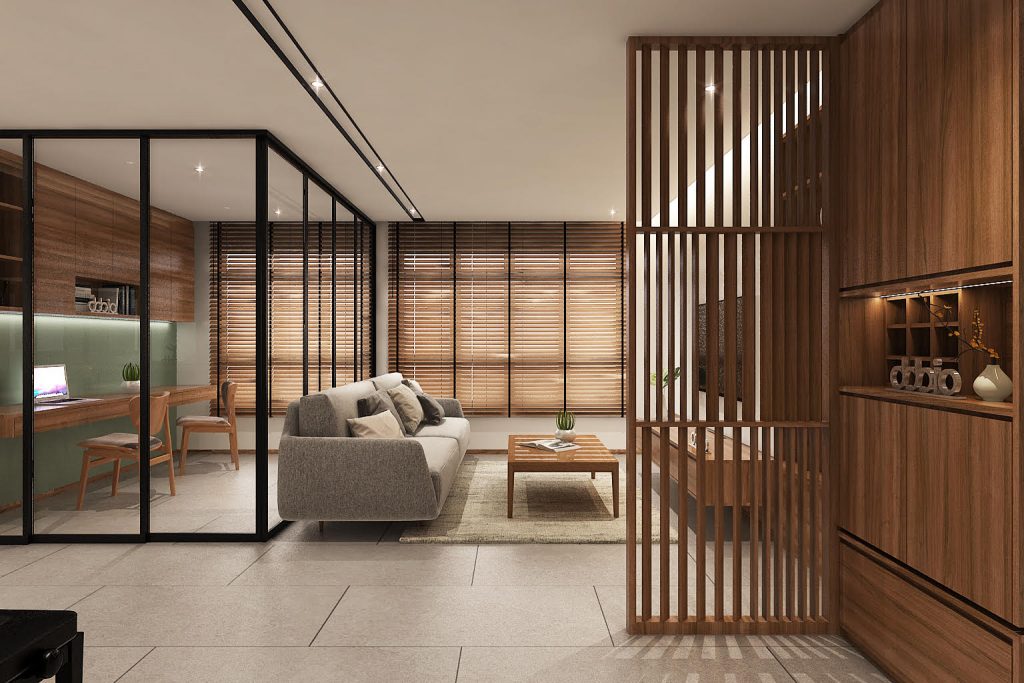
Renovating a space can be a daunting task, but with the right renovation designer, it can become a seamless and exciting journey. These talented professionals can take a client's vision and turn it into a stunning reality. From concept to creation, renovation designers work tirelessly to transform spaces with flair, bringing new life and energy into homes and businesses alike.
The Role of a Renovation Designer
Renovation designers are skilled professionals who specialize in transforming spaces through innovative design solutions. They work closely with clients to understand their needs, preferences, and budget constraints to create a customized renovation plan. These designers have a keen eye for detail and a deep understanding of design principles, allowing them to seamlessly blend functionality with aesthetic appeal.
Key Responsibilities of a Renovation Designer
- Consulting with clients to understand their vision and requirements
- Creating detailed renovation plans and 3D renderings
- Coordinating with contractors and suppliers
- Overseeing the renovation process from start to finish
- Ensuring that the project stays on schedule and within budget
The Design Process
The design process is a crucial phase in any renovation project. Renovation designers follow a systematic approach to ensure that the final result meets the client's expectations and exceeds them. From initial concept development to the final reveal, each step in the design process is carefully planned and executed with precision.
Steps in the Design Process
- Initial consultation: This is where the designer meets with the client to discuss their vision, needs, and budget.
- Concept development: The designer creates initial sketches and mood boards to present to the client for approval.
- Design refinement: Based on client feedback, the designer refines the design and creates detailed plans and renderings.
- Material selection: The designer helps the client choose materials, finishes, and fixtures that align with the design concept.
- Construction phase: The designer oversees the renovation process, working closely with contractors to bring the design to life.
- Final reveal: The designer presents the completed project to the client for final inspection and approval.
Transforming Spaces with Flair
Renovation designers have a unique ability to transform spaces with flair, infusing them with style, character, and functionality. Through the use of innovative design techniques and creative solutions, these professionals can breathe new life into outdated or lackluster spaces, turning them into vibrant and inviting environments.
Elements of Flair in Renovation Design
- Color schemes: Renovation designers use color to create visual interest and evoke specific moods in a space.
- Texture and pattern: By incorporating different textures and patterns, designers can add depth and dimension to a room.
- Furniture and accessories: The right furniture pieces and accessories can enhance the overall look and feel of a space, adding personality and style.
- Lighting: Proper lighting is essential in renovation design, as it can dramatically impact the ambiance and functionality of a space.
- Architectural details: Renovation designers often incorporate architectural elements like moldings, trims, and built-ins to add character and charm to a space.
Conclusion
Renovation designers play a crucial role in transforming spaces with flair, bringing creativity and innovation to every project they undertake. Through their expertise and attention to detail, these professionals have the ability to turn a client's vision into a stunning reality, creating spaces that are both functional and visually appealing. Whether it's a complete home renovation or a commercial space makeover, renovation designers have the skills and creativity to breathe new life into any environment.